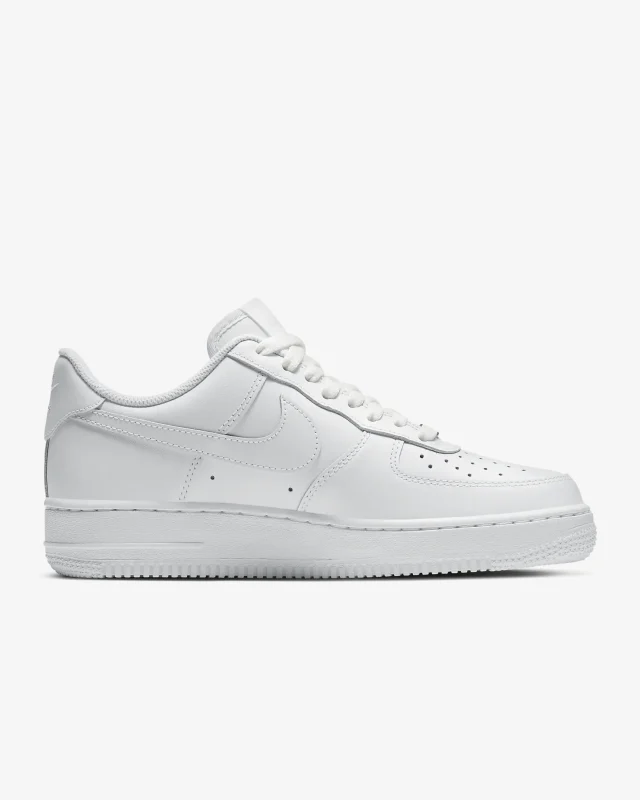Nike Dunks: The Rise, Fall, and Resurgence of a Sneaker Icon The Birth and Early Popularity (The Rise)

Nike Dunk began in 1985, initially conceived for basketball. These shoes blended the Nike Air Jordan and the Nike Terminator. They boasted a variety of colorways associated with college basketball teams, which quickly made them recognizable.
One of the earliest signs of the Dunk’s potential appeal outside of basketball was its adoption by skateboarders. Its flat sole, sturdy grip, and ankle support make it ideal for skating. As the 80s progressed, the Dunk also made waves in the burgeoning streetwear scene. It appealed to those who sought a blend of functionality and fashion.
The Lull (The Fall)
Despite its initial popularity, the Dunk faded from the limelight as the 90s approached. The introduction of various other sneakers, including more technologically advanced basketball shoes and the increasing popularity of the Air Max line, meant the Dunk faced stiff competition. The shoe lost its staple status among basketball enthusiasts and the general public.
Furthermore, fashion and streetwear are often cyclical, and as trends evolve, the Dunk is relegated to the background. It was no longer the go-to sneaker for those in the know. It wasn’t completely forgotten, but it wasn’t the trendsetter it once was.
Skateboarding’s Savior (The Resurgence)
Ironically, the subculture that adopted the Dunk in its infancy played a pivotal role in its resurgence. In the early 2000s, Nike recognized the Dunk’s appeal among skateboarders and introduced the Nike SB (Skateboarding) line, with the Dunk as its flagship model. The Dunk SB was more than just a rebrand. The shoe was re-engineered with a padded tongue and “Zoom Air” insoles, making it even more appealing for skateboarding.
Collaborations with renowned skateboard shops and designers further propelled Dunk SB into the limelight. Limited releases, unique colorways, and special edition designs created a buzz that transcended the skateboarding community. Sneakerheads, celebrities, and everyday people wanted a piece of the Dunk action.
Hype Culture’s Role
With the rise of sneaker culture in the 2010s, driven by celebrity endorsements, social media, and a burgeoning resale market, the Dunk experienced another boost in popularity. Platforms like Instagram and Twitter became hotspots for flaunting and discussing sneaker drops. The Dunk, with its rich history and upcoming adaptations, was perfectly positioned to capitalize on this trend.
Limited edition releases, collaborations with high-end fashion houses, and a sense of nostalgia for the 80s and 90s only added to the Dunk’s allure. They became a symbol, not just of style, but of social status.
Conclusion
From the basketball courts of the 1980s to the skate parks of the 2000s, and onto the feet of fashion influencers in the 2020s, the Nike Dunk has traveled a journey like few other sneakers. Its ability to evolve while staying true to its roots is a testament to its timeless design and Nike’s understanding of cultural trends.
While the sneaker world is notoriously fickle, with trends coming and going, the Dunk’s storied past and continued relevance suggest it’s here to stay. It’s more than just a shoe; it’s an icon, a testament to sports, culture, and fashion.
skateboarding.
Collaborations with renowned skateboard shops and designers further propelled Dunk SB into the limelight. Limited releases, unique colorways, and special edition designs created a buzz that transcended the skateboarding community. Sneakerheads, celebrities, and everyday people wanted a piece of the Dunk action.
Hype Culture’s Role
With the rise of sneaker culture in the 2010s, driven by celebrity endorsements, social media, and a burgeoning resale market, the Dunk experienced another boost in popularity. Platforms like Instagram and Twitter became hotspots for flaunting and discussing sneaker drops. The Dunk, with its rich history and upcoming adaptations, was perfectly positioned to capitalize on this trend.
Limited edition releases, collaborations with high-end fashion houses, and a sense of nostalgia for the 80s and 90s only added to the Dunk’s allure. They became a symbol, not just of style, but of social status.
Conclusion
From the basketball courts of the 1980s to the skate parks of the 2000s, and onto the feet of fashion influencers in the 2020s, the Nike Dunk has traveled a journey like few other sneakers. Its ability to evolve while staying true to its roots is a testament to its timeless design and Nike’s understanding of cultural trends.

